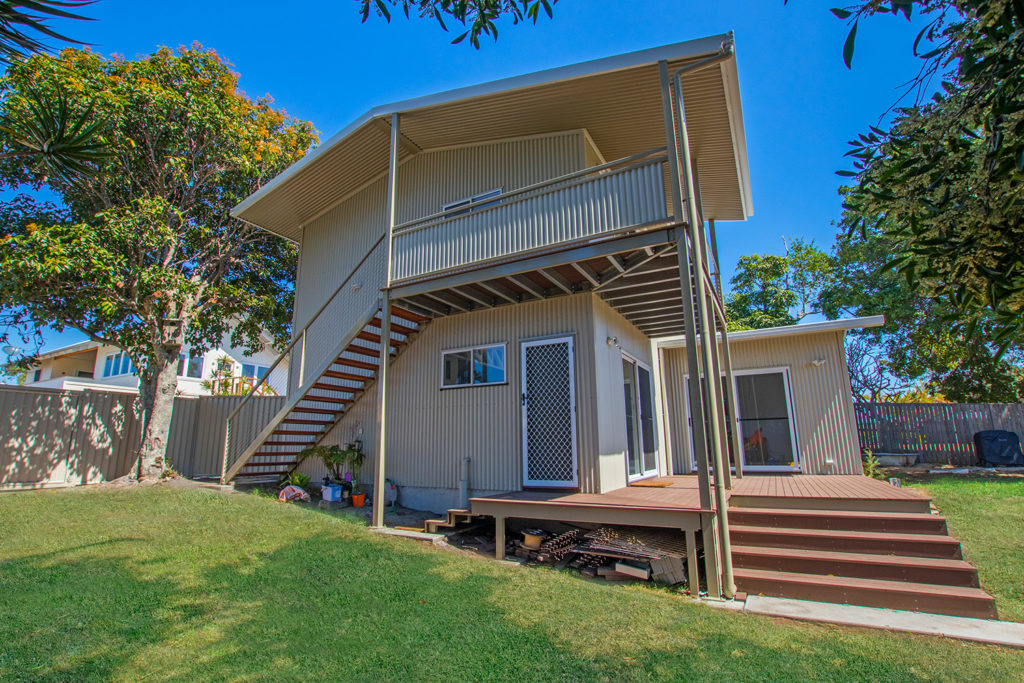Are you interested in building an eco-friendly home that costs less to run? You’re not alone, with many more Australians choosing sustainable living. There are many benefits to building eco-friendly, including energy efficiency and being kinder to the planet.
When building an eco-friendly home, a ‘fabric first’ approach is common. This simply means prioritising building a structure that won’t leak energy eg; air tightness and insulation. Once you have a quality building structure in place, you can plan renewable energy sources. Here’s 5 practical ways to build an eco-friendly home.
Take a Fabric First Approach
When designing your new build, talk with your building contractor about what materials and components will increase the building efficiency. This includes considering where to put windows and doors and what electrical features will save you the most money. Insulation and air tightness of the building should also be a top concern.
Reuse and Recycle Building Materials
Whether you’re renovating or building from scratch, search for recycled building materials. This might mean reusing bricks, wood planks or metal parts from an outbuilding you’ve recently demolished. Or, upcycling old pieces of furniture to turn them into new, characterful designs. Another idea is to buy a used or ex-display kitchen which can often be 50% cheaper than the average sale price.
Opt for Low VOC Paints
Low VOC (Volatile Organic Compound) paint is a lot better for your health and the environment. Low VOC paints help reduce contaminants in the ozone layer, landfills and groundwater, plus they have less odour and impact on air quality. There’s now a huge range out there to choose from in all colours of the rainbow.
Consider Renewable Energy Systems
To really make your new home sustainable, you need to consider renewable energy systems. Renewable energy simply means using energy from natural resources such as the sun, wind or water. A few to consider include:
- Solar panels
- Air source heat pumps
- Biomass boilers
- Ground source heat pumps
Use a Rainfall Harvesting System
One way to cut down your main water usage is to collect rainwater in a harvesting system. This can significantly reduce the amount of water you use, which is helpful in the dryer months. A rainwater harvesting system reduces mains water usage by about 50%. It works by filtering the collected rainwater and storing it away from light at a cool temperature to be used for toilet flushing, outdoor irrigation and washing machines.

